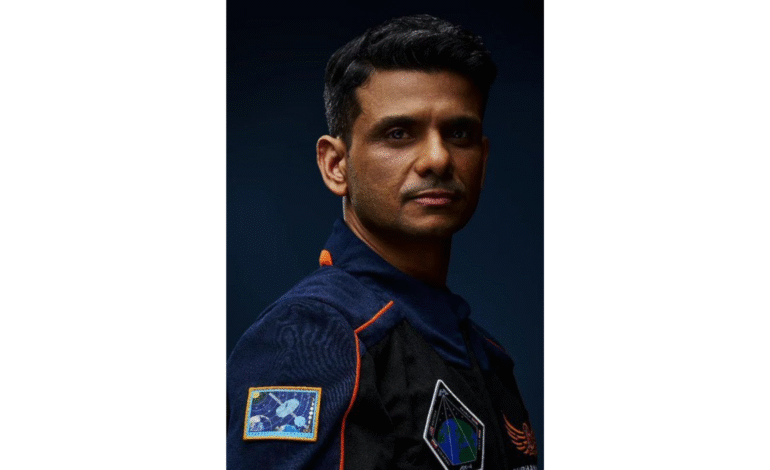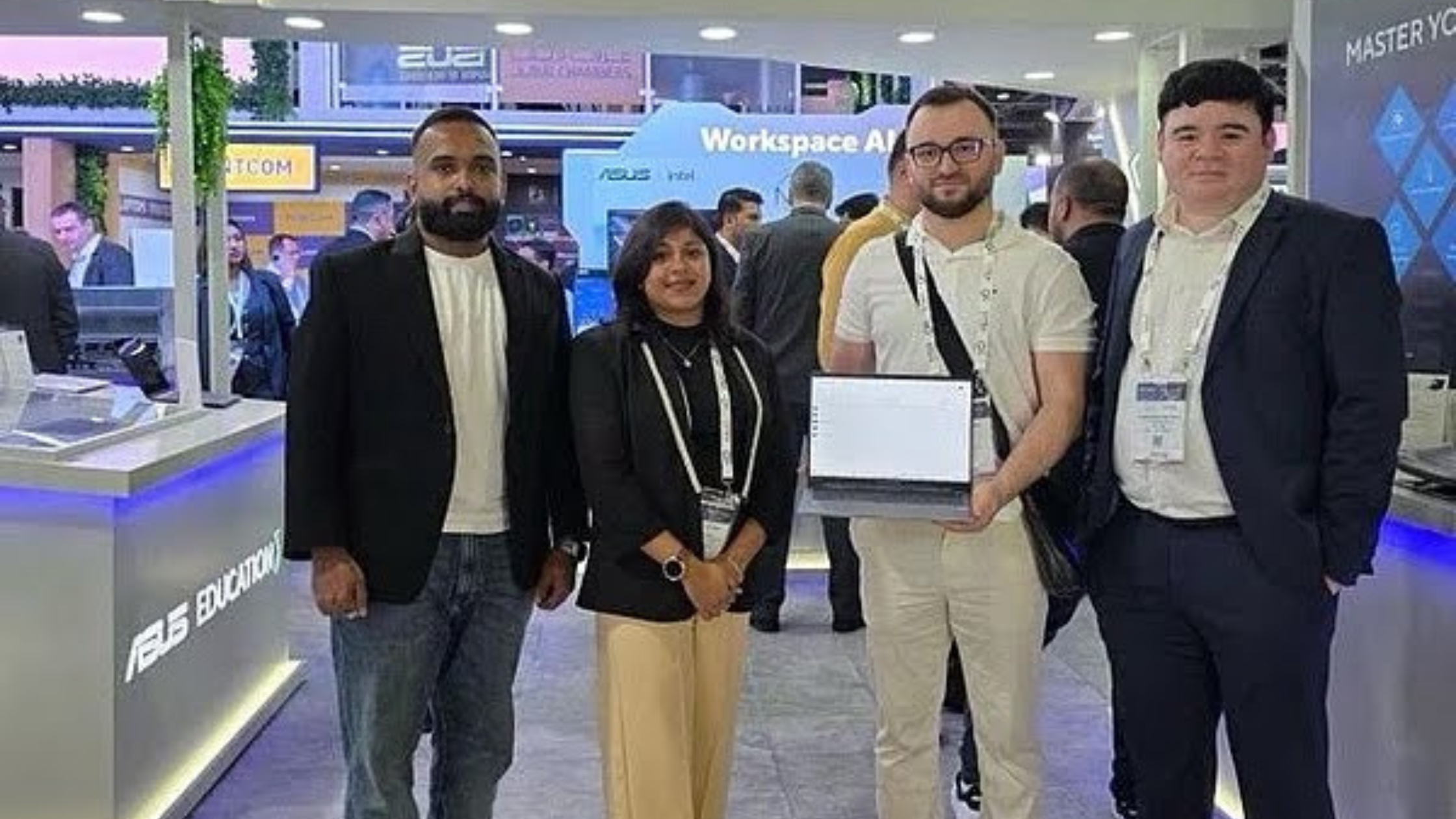Shubhanshu Shukla Returns to Earth in SpaceX Axiom-4 Splashdown

In a flawless demonstration of commercial spaceflight capability, the Axiom-4 crew comprising four astronauts including Indian-origin spacefarer Shubhanshu Shukla, known as Shux returned safely to Earth aboard the Dragon capsule named Grace. The capsule splashed down in the Pacific Ocean, just off the coast of San Diego, California, at approximately 3:02 PM local time. The precision and coordination surrounding this return signal a new standard in orbital mission recovery managed by private aerospace firms like SpaceX and Axiom Space.
A Planned Descent: Precision from Orbit to Ocean
The capsule’s descent was initiated with an 18-minute deorbit burn starting at 2:07 PM. This maneuver, designed to adjust Grace’s orbital trajectory and initiate re-entry, marked the beginning of the spacecraft’s transition from low Earth orbit back to Earth. A critical milestone in any orbital mission, the deorbit burn was executed flawlessly, indicating perfect engine performance and thermal shield integrity.
By 2:27 PM, Grace had jettisoned its trunk the module responsible for housing the capsule’s solar panels and radiators. With reduced weight and aerodynamic drag, the capsule’s configuration shifted to prepare for high-speed atmospheric entry. Just six minutes later, the nose cone was sealed, safeguarding sensitive re-entry systems.
As Grace penetrated the upper atmosphere, rapid deceleration and heating occurred. At around 2:59 PM, the spacecraft deployed its drogue parachutes. These smaller parachutes stabilize the capsule during high-speed descent. Shortly afterward, the four main parachutes deployed, slowing the capsule to a safe splashdown speed within three minutes. The precise parachute sequence capped off the descent, with splashdown logged at exactly 3:02 PM.
Rapid Recovery Operation: Coordination in Real Time
The recovery operation kicked off minutes after splashdown. At 3:07 PM, Commander Peggy Whitson radioed that the crew was safe and ready for pickup. Recovery boats reached Grace by 3:10 PM, with personnel donning PPE suits to detect and neutralize any hazardous gases that might have emanated from the capsule’s propulsion system.
By 3:15 PM, the recovery team began rigging the capsule for hoisting onto the deck of the recovery vessel, Shannon Within 14 minutes, the capsule was safely nested on the ship. Leak checks and de-rigging procedures were conducted, confirming the structural safety and atmospheric integrity of the capsule.
Grace was then moved to a platform where astronauts could exit. At 3:40 PM, recovery personnel opened the side hatch. Within minutes, at 3:49 PM, Commander Whitson emerged, smiling. Shux followed at 3:52 PM, becoming the first Indian-origin astronaut to return to Earth via a fully private orbital mission. Slawosz Uznanski and Tibor Kapu exited shortly after.
Medical Checks and Return to Shore
Upon egress, all astronauts underwent standard medical checks. Flight surgeons onboard Shannon assessed the crew’s vital signs and looked for symptoms associated with re-entry, such as orthostatic intolerance and disorientation. These health checks are part of routine protocols following prolonged exposure to microgravity.
With preliminary evaluations complete, the astronauts were transferred to awaiting helicopters for their journey to shore. The entire operation—from splashdown to medical clearance—unfolded in under an hour, underscoring the exceptional readiness and synchronization of the recovery teams.
Timeline of Events: From Space to Sea
The capsule had undocked from the International Space Station at 4:45 PM on Monday. The first of four scheduled departure burns was conducted at 4:46 PM for 16 seconds, initiating Grace’s withdrawal from the ISS’s orbital path. A second burn followed at 4:51 PM, lasting 20 seconds. These maneuvers were part of a choreographed orbital separation that continued for 90 minutes.
After completing the burns, the astronauts changed out of their space suits and into more comfortable clothes for the 22.5-hour return journey. Ground teams monitored Grace continuously, checking parameters like capsule alignment, internal pressure, and trajectory, issuing a series of “go” and “no-go” decisions.
Weather monitoring was critical during this period. Factors like wind speed (which needed to remain under 10 mph), lightning, rain, and wave height at the Pacific splashdown zone were constantly reviewed to ensure safety. Once conditions were confirmed ideal, mission control greenlit the deorbit burn.
Shux’s Return: A Symbol of Global Space Inclusion
Shubhanshu Shukla’s involvement in the Axiom-4 mission represents more than just personal achievement. As the first Indian-origin private astronaut to complete a commercial spaceflight, Shux has become a symbol of inclusion and aspiration for nations outside traditional spacefaring countries. His return highlights how the commercial space sector is redefining accessibility to space.
For India and other countries in Asia and the Middle East, this milestone underlines the potential for broader participation in space missions. Shux’s role offers inspiration for future astronauts and engineers from the region, especially as governments and private sectors increasingly invest in space research and innovation.
Commercial Spaceflight: The New Standard of Excellence
The Axiom-4 mission was a comprehensive demonstration of commercial spaceflight excellence. It included full mission operations: ISS docking, in-space scientific experiments, undocking, orbital maneuvers, Earth re-entry, and post-splashdown recovery. Each phase was executed with precision, emphasizing the maturity of SpaceX and Axiom Space as leaders in the commercial aerospace sector.
Dragon, the spacecraft class to which Grace belongs, has now completed several successful crewed missions. With reliable systems for re-entry and ocean recovery, it stands as one of the most advanced orbital vehicles available today. SpaceX’s capability to turn around recovery operations quickly sets a benchmark for others entering the private spaceflight market.
Axiom Space’s role as a mission manager and integrator shows the growing opportunity for private firms to support or even replace traditional space agencies in human space exploration.
The UAE and Middle East: Watching the Skies Closely
The success of missions like Axiom-4 resonates deeply in regions like the Middle East, where space programs are rapidly evolving. The UAE, in particular, has emerged as a regional space leader, with recent successful missions including the Mars Hope Probe and astronaut Hazzaa Al Mansoori’s journey to the ISS.
As the UAE moves toward launching its lunar rover and investing in local space research, observing the success of Grace and Axiom-4 offers valuable insights. These include how to coordinate international recovery operations, conduct scientific experiments in microgravity, and manage extended orbital missions.
Shux’s role, though not directly linked to the UAE, carries symbolic significance. It demonstrates that non-NASA astronauts can achieve orbital flight through international and commercial collaboration, a prospect the UAE is actively exploring through partnerships and joint research projects.
Post-Mission Analysis and Next Steps
Now back on Earth, the Grace capsule will be transported to a SpaceX facility for post-flight analysis. Engineers will examine the capsule’s heat shields, structure, and parachute systems. Data collected from onboard sensors will be used to refine future missions.
The astronauts themselves will enter a rehabilitation phase, allowing their bodies to readjust to Earth’s gravity. Follow-up health monitoring, debrief sessions, and mission performance evaluations will help Axiom and SpaceX improve crew experience and flight protocols.
Looking ahead, Axiom Space plans additional missions with private astronauts, while continuing to construct the first fully private space station module to be attached to the ISS. SpaceX, meanwhile, will expand its crewed flight manifest, with plans for lunar missions under NASA’s Artemis program.
A New Chapter in Human Spaceflight
The return of Grace and the Axiom-4 crew marks a pivotal moment in the evolution of space travel. It demonstrates how private enterprise can safely and effectively manage end-to-end orbital missions, from launch to splashdown.
For Shubhanshu Shukla and the broader global space community, this mission underscores the power of innovation, international cooperation, and inclusion. From deorbit to ocean recovery, every phase of the mission showcased what is now possible in the era of commercial human spaceflight.
As more astronauts from diverse nationalities join such missions, the sky is no longer the limit it is the starting point.







